
Alton is a city on the Mississippi River in Madison County, Illinois, United States, about 18 miles (29 km) north of St. Louis, Missouri. The population was 25,676 at the 2020 census. It is a part of the River Bend area in the Metro-East region of the Greater St. Louis metropolitan area. It is famous for its limestone bluffs along the river north of the city, as the former location of the state penitentiary, and for its role preceding and during the American Civil War. It was the site of the last Abraham Lincoln and Stephen Douglas debate in October 1858. The former state penitentiary in Alton was used during the Civil War to hold up to 12,000 Confederate prisoners of war.
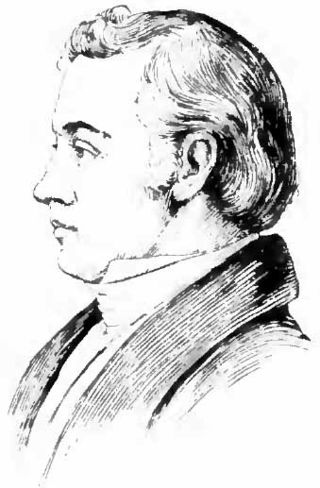
Elijah Parish Lovejoy was an American Presbyterian minister, journalist, newspaper editor, and abolitionist. After his murder by a mob, he became a martyr to the abolitionist cause opposing slavery in the United States. He was also hailed as a defender of free speech and freedom of the press.
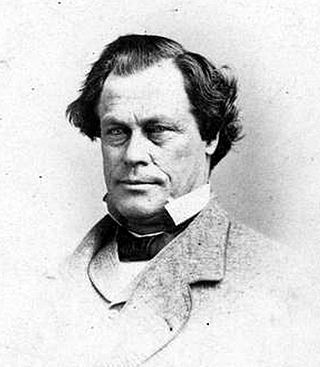
Owen Lovejoy was an American lawyer, Congregational minister, abolitionist, and Republican congressman from Illinois. He was also a "conductor" on the Underground Railroad. After his brother Elijah Lovejoy was murdered in November 1837 by pro-slavery forces, Owen, a friend of Abraham Lincoln, became a leader of abolitionists in Illinois, condemning slavery and assisting runaway slaves in escaping to freedom.

The history of slavery in Missouri began in 1720, predating statehood, with the large-scale slavery in the region, when French merchant Philippe François Renault brought about 500 slaves of African descent from Saint-Domingue up the Mississippi River to work in lead mines in what is now southeastern Missouri and southern Illinois. These were the first enslaved Africans brought in masses to the middle Mississippi River Valley. Prior to Renault's enterprise, slavery in Missouri under French colonial rule had a much smaller scale compared to elsewhere in the French colonies. Immediately prior to the American Civil War, there were about 100,000 enslaved people in Missouri, about half of whom lived in the 18 western counties near the Kansas border.

Winthrop Sargent Gilman was head of the banking house of Gilman, Son & Co. in New York City. Born and raised in Ohio, he had parents and ancestors from New England. Part of the family had already established the banking business in New York. Gilman developed as a businessman in the northwest region with wide interests.

John Marshall Krum (1810–1883) was a lawyer, jurist, and mayor. He was the 11th mayor of St. Louis, Missouri and the first mayor of Alton, Illinois. In 1860, he was the chairman of the Credentials Committee at the Democratic National Convention held in Charleston, South Carolina.
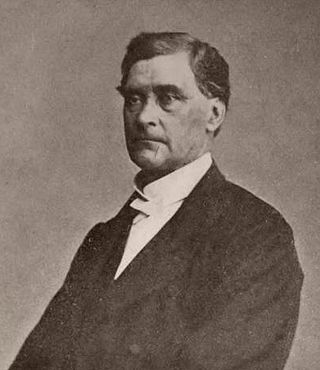
Charles Volney Dyer was a prominent Chicago abolitionist and Stationmaster on the Underground Railroad.

The Frémont Emancipation was part of a military proclamation issued by Major General John C. Frémont (1813–1890) on August 30, 1861, in St. Louis, Missouri during the early months of the American Civil War. The proclamation placed the state of Missouri under martial law and decreed that all property of those bearing arms in rebellion would be confiscated, including slaves, and that confiscated slaves would subsequently be declared free. It also imposed capital punishment for those in rebellion against the federal government.
The St. Louis Observer was an abolitionist newspaper established by Elijah Lovejoy, a New England Congregationalist minister, in St. Louis, Missouri. After the newspaper's printing press was destroyed for a third time by a pro-slavery mob, the newspaper was re-located to Alton, Illinois, and renamed the Alton Observer.

The Elijah P. Lovejoy Monument, also known as the Elijah Lovejoy Monument, Elijah Parrish Lovejoy Shaft, Lovejoy Monument, and Lovejoy State Memorial, is a memorial in Alton, Illinois to Elijah P. Lovejoy, an advocate of free speech and the abolition of slavery.
Thomas Treadwell Stone was an American Unitarian pastor, abolitionist, and Transcendentalist.

The lynching of Francis McIntosh was the killing of a free Black man, a boatman, by a white mob after he was arrested in St. Louis, Missouri, on April 28, 1836. He had fatally stabbed one policeman and injured a second.

John Glanville Gill was an American Unitarian minister, scholar in history, and civil rights activist. While working on research for his dissertation about Elijah Parish Lovejoy, an editor and abolitionist, he lived and worked in Alton, Illinois in the mid-1940s. There he worked with other ministers to try to integrate public schools, raise awareness about racial discrimination, and end segregation practices.
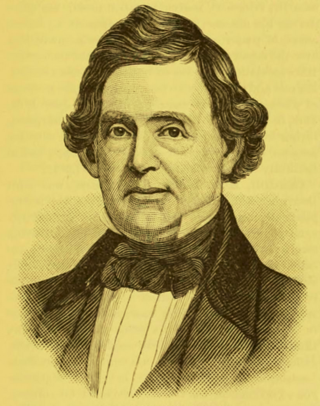
Benjamin Godfrey was an American merchant and philanthropist from Massachusetts who is known for his work in the Illinois region. Running away to Ireland at a young age, Godfrey worked on ships in his early life, eventually commanding his own. This vessel was wrecked off the coast of Mexico, but Godfrey found wealth in a trading house in Matamoros, Tamaulipas. However, he was robbed and returned to the U.S. penniless.

David Nelson was an American Presbyterian minister, physician, and antislavery activist who founded Marion College and served as its first president. Marion College, a Protestant manual labor college, was the first institution of higher learning chartered in the state of Missouri. Born in Tennessee, Dr. Nelson had once been a slaveholder but became an "incandescent" abolitionist after hearing a speech by Theodore D. Weld. Unpopular with proslavery groups in northeastern Missouri, Nelson stepped down as president of Marion College in 1835. In 1836, Nelson fled Missouri for Quincy, Illinois, after slaveowner Dr. John Bosely was stabbed at one of his sermons. Nelson then remained in Quincy, where he founded the Mission Institute to educate young missionaries. Openly abolitionist, two Mission Institute sites became well known stations on the Underground Railroad, helping African Americans escape to Canada to be free from slavery.

Thomas Dimmock (1830-1909) was an American journalist, editorial writer, book reviewer, critic and lecturer. He was responsible for restoring the Alton, Illinois, grave of free-press martyr Elijah Parish Lovejoy, who was shot and killed by a pro-slavery mob in 1837.
Joseph Cammett Lovejoy (1805–1871) was a clergyman, activist, and author. He was an abolitionist, and was also involved in the debate over liquor laws. His siblings included Elijah Parish Lovejoy and Owen Lovejoy (1811–1864). He wrote Memoir of Charles T. Torrey about Charles T. Torrey. who died in a Maryland penitentiary after being sentenced for aiding African Americans trying to escape slavery on the Underground Railroad and co-wrote with his brother Owen the memoir of their murdered brother Elijah.

Francis Butter Murdoch was an American attorney and newspaper publisher. As a lawyer, he practiced law in Pennsylvania, Michigan, Illinois and Missouri, and initiated freedom suits for Dred Scott and Harriet Robinson Scott in 1846. Between 1840 and 1847, Murdoch filed nearly one-third of all freedom suits in St. Louis, and secured freedom for many of his clients who had been enslaved, including Polly Berry and her daughter, Lucy A. Delaney. Before that, Murdoch was the city attorney in Alton, Illinois, where he unsuccessfully prosecuted rioters who killed Elijah Parish Lovejoy, an anti-slavery newspaper publisher, in 1837.
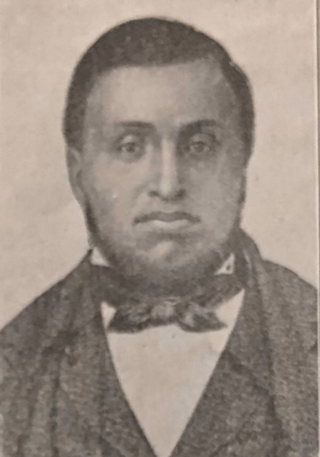
John R. Anderson, also known as J. Richard Anderson, was an American minister from St. Louis, Missouri, who fought against slavery and for education for African Americans. As a boy, he was an indentured servant, who attained his freedom at the age of 12. Anderson worked as a typesetter for the Missouri Republican and for Elijah Parish Lovejoy's anti-slavery newspaper, the Alton Observer. He founded the Antioch Baptist Church in Brooklyn, Illinois and then returned to St. Louis where he was a co-founder and the second pastor of the Central Baptist Church. He served the church until his death in 1863.
The Signal of Liberty was an anti-slavery newspaper published in the mid-19th century in Michigan. The decision to publish a newspaper was one of the outcomes of the founding meeting of the Michigan Anti-Slavery Society that met for several days beginning on November 10, 1836 in Ann Arbor of the Michigan Territory (1805–1837). In 1838, Nicholas and William Sullivan published Michigan's first antislavery newspaper, the American Freedmen in Jackson, Michigan. Seymour Treadwell published and was the editor of the Michigan Freeman in 1839. The papers did not have a regular printing schedule.
















